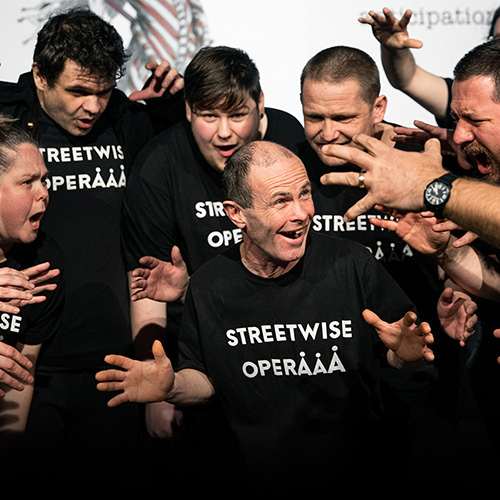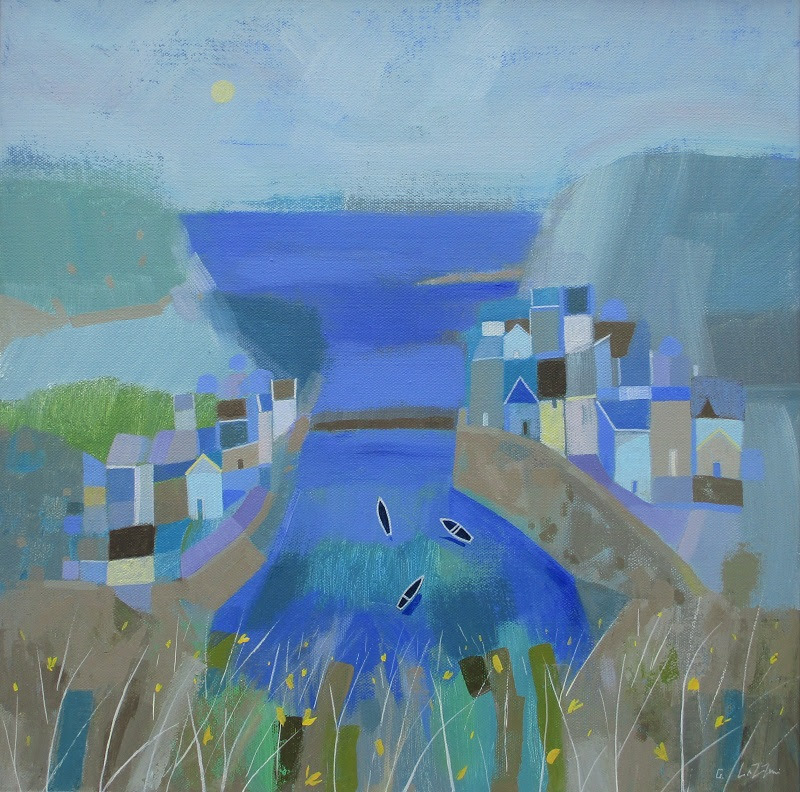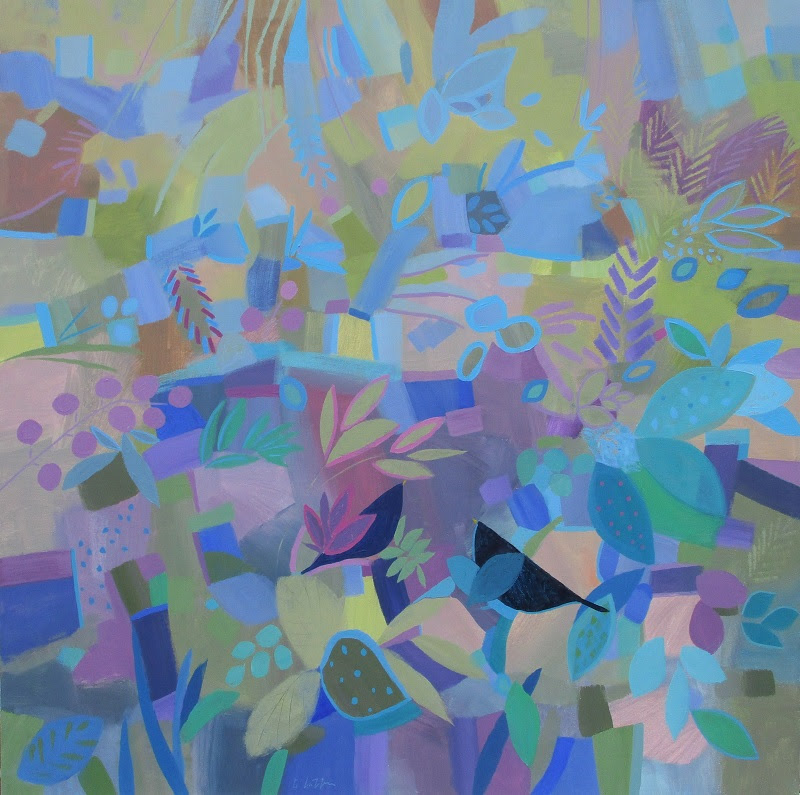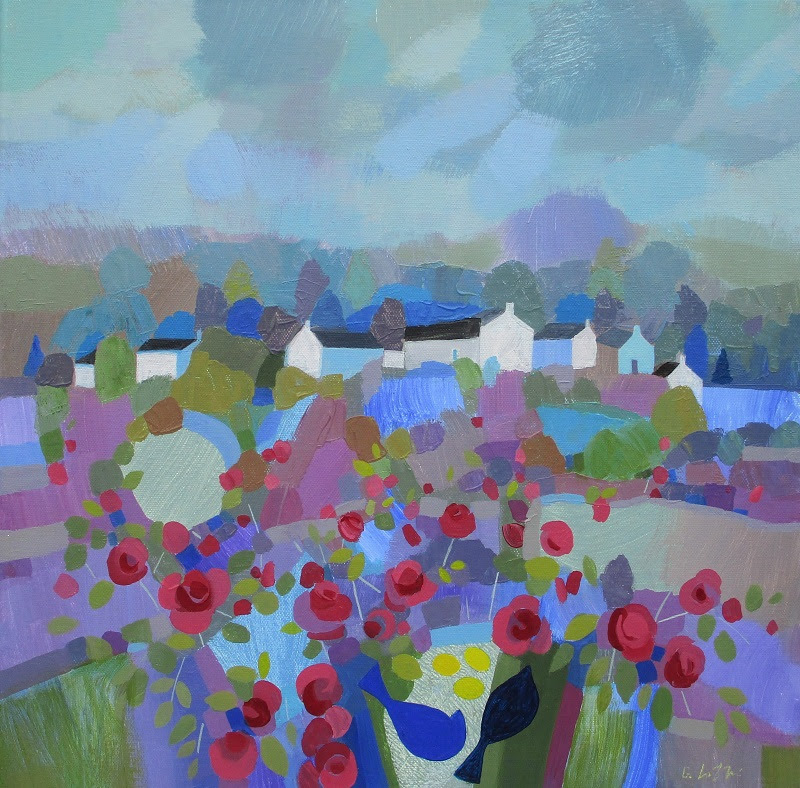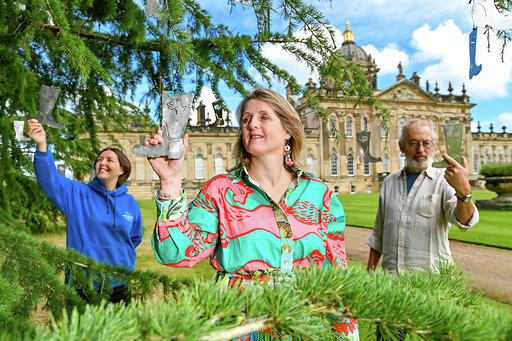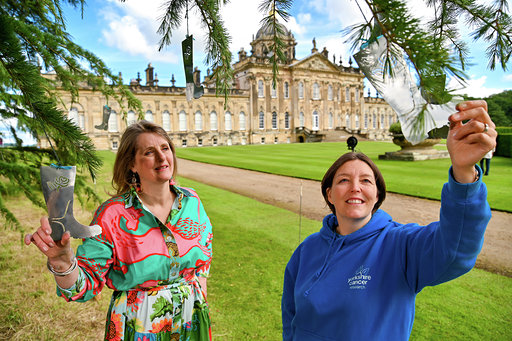
YORK band Bull are signing to record industry giants EMI, nine years after first forming.
They become the first York group to put pen to such a deal since Shed Seven rubber-stamped a six-album contract with Polydor Records in October 1993, going on to notch up 15 Top 40 hits from Dolphin in 1994 to Why Can’t I Be You? in 2003.
Songwriter and vocalist Tom Beer, co-founder and guitarist Dan Lucas, drummer Tom Gabbatiss and bass player and print-maker Kai West will be working in tandem with EMI alongside Young Thugs: the York indie label, artist managers, recording studio and gig promoters, run by Dave Greenbrown and Jonny Hooker up the stairs at South Bank Social Club in the pioneering, underground spirit of Andy Warhol’s Factory in that other York, New York.
The first green shoots of what the EMI publicity campaign is calling “the start of a beautiful friendship” is the aptly named single Green, a crowd favourite with a history stretching back to 2012, released today.
Depending on which band member you ask, this blissful slice of jangle-pop with a pinch of psychedelia and a grating of scuzzy lead guitar is either a “melancholy rumination on decisions made and the grass always being greener”, or is all about “ripping bongs down at the basketball court when you really should be writing the next great American novel”.
“It feels surreal,” says frontman Tom Beer, breathing in the giddying fresh air of becoming a major label act. “I just didn’t really expect it, to be honest! Delighted as well…and really excited. Lucky too, as there are so many good bands out there.
“The way it worked for us was that we’d been doing a lot of gigs, touring so much, here, in the Netherlands, Germany, America, and when we released songs we had more plays because we’d played so many places.
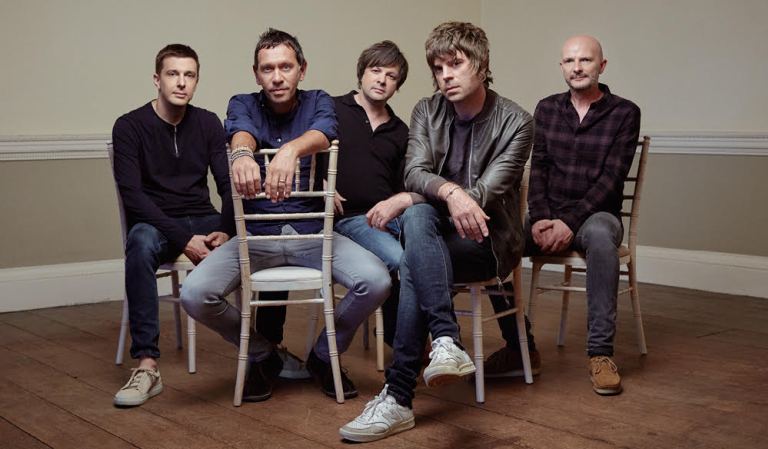
“Young Thugs and Dave Greenbrown have been so supportive too, and then the MD [managing director] of EMI came to see us supporting Warmduscher at The Crescent.”
When? “I’m not good with dates,” says Tom. “Except in the future. I only remember them when I need to.”
Dave Greenbrown says: “We’ve been working on this for around 18 months. The MD of EMI was looking around for groups and came across Young Thugs two years ago and we’ve been trying to figure out something ever since.
“Clearly, Bull were the ones with the songs and I said to them, ‘I think there’s a chance for you if you can work on your professionalism as you have to be good every night’, and they were up for that and did exactly that.
“I didn’t want the EMI MD to see them until it was the right time, as you have only one chance, don’t you, and Bull took it.
“They write great catchy pop songs; they’ve finished the album, and they’ve signed a one-year deal with EMI: three singles, one album, just royalties off the streams and the sales of their records.”
Bull charged on to the York music scene in 2011, led by Tom and Dan, both inspired by their 1990s’ alt. rock heroes, Pavement, Yo La Tengo and The Pixies.
The present line-up of four Yorkshiremen emerged through friendship and happenstance: drummer Tom joining after he and the other Tom jammed together in bars when backpacking around Thailand; Kai making the giant leap from persistently jumping up on stage to dance in the erratic, blissful manner of Happy Mondays’ Bez to eventually being allowed to play bass.

But 2011 to 2020, Tom, that is an unusually long gestation period for a band, isn’t it? “I would never not want to do this. I just can’t see myself not doing it. It’s how I operate. I’ve always busked…I’ve worked at the Golden Ball, where I put on open-mic nights on Mondays…and I’m good at living on chickpeas,” he says.
“I definitely feel that one of the best feeling you can have is playing music with another human being and I incorporate the crowd in that.”
Apparently, this is “the start of a beautiful friendship”, Tom? “I hope that’s true and I believe that to be true, because it’s always been based on friendships between us and promoters, travelling around and making it happen and it’s been rewarding.”
One such bond paid off, leading Bull indirectly to their Dutch record producer, Remko Schouten. “Whether it was blind faith or fate, we decided on a whim to go to Germany, just after Tom and Kai joined in 2018, and we were all feeling very serious about it, like when The Beatles played Hamburg,” recalls Tom.
“We were playing dive bar gigs, and we went to this bar at three in the morning, where Tom was wearing my hat, and this guy came up and said, ‘Where did you get that hat?’.
“He turned out to be the drummer – and a golfing pro! – for Spiral Stairs and Remko was there on tour with them doing their sound. We put on this house party at a friend’s house in Berlin, in Schoneberg, the area where Bowie used to live, and the next thing we know, Spiral Stairs [alias Scott Kannberg of the aforementioned Pavement] was playing at our house party!
“That night Remko said, ‘if you ever want to record with me, let me know’, and we did, two months later.”
Over the next two years, Bull visited Schouten’s Amsterdam studio four or five times, recording songs over a few days each time, songs that will now form the album whose title and release date are yet to be confirmed (although Dave Greenbrown did mention January 29 2021, so watch this space).
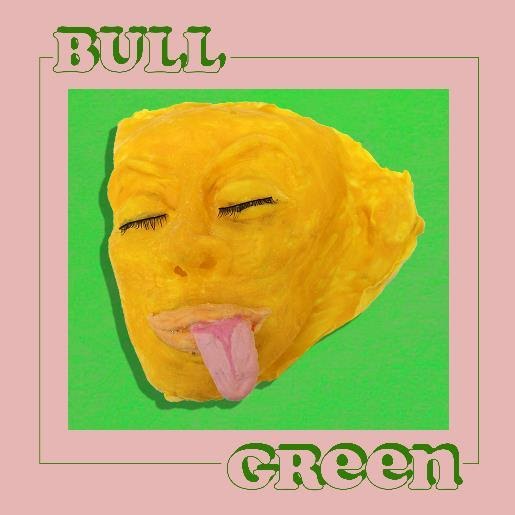
“This was no ‘one weekend, bash it out’ recording session,” says Dave. “This was a proper job, working over a long time.”
The Coronavirus pandemic may have brought gigs to a stultifying halt, but Bull are coping with being a band in Covid-19 times in 2020, boosted by the momentum of signing a record company deal. “It feels OK for us right now because luckily we finished the album the day before we had to flee the Netherlands, returning home instead of playing with our favourite Dutch bands in Amsterdam, but we definitely made the right decision,” says York-born Tom, who now lives in Scarborough.
Green is the first fruit of that record deal. “That song is one of the oldest Bull songs, I wrote it in 2012, and it’s the only song on the upcoming album that was featured on She Looks Like Kim, our first album in 2014, which we self-released,” says Tom.
“We recorded it at the Melrose Yard Studios, the brilliant studio off Walmgate that sadly closed last year, and we launched it with a gig at Dusk, covering the cost of the recording that night.
“Green was the first song on there and the lead single back then too, and we just thought it’s a good song, it’s always been a favourite, so let’s give it a second shot at the big time.”
The accompanying video is the work of Bull too. “We’ve worked on a lot of music videos: the one for Green is the first time I’ve ever used movie software, with the help of Dan [Lucas],” says Tom. “We had a lot of footage from various things that we could use, and there’s even some footage on there from the original Green video, made by Rory Welbrock, our bassist before Kai joined.
“It also features some latex masks made by my sister, Holly, who’s been really interested in making masks for three years – and now masks are everywhere of course, aren’t they!”
Dave Greenbrown hopes Bull’s record deal will be a trigger for more York musicians to find favour with record labels. The Howl & The Hum set the bar high with Human Contact, their late-May album for our disconcerting, disconnected times, and the likes of Bonnie & The Bailers, Fat Spatula and Perspex should be on the radar too.

“I think it’s been really good to be a musician in York. As a child, there were amazing music services provided for you in the city,” says Tom. “I was in a big band, playing the trombone; there were loads of people doing that, like The Howl & The Hum drummer, Jack Williams. He played trumpet.
“I think that’s had a massive impact, because you can enjoy it when you’re little, and then your musicianship progresses and you start playing in bands. For me, it was places like The Woolpack Inn [in Fawcett Street], run by a guy called Sid, who had bands on every night. It made it feel like you owned it, and if you wanted to put on a gig, you could.”
Broadening his thought, Tom says: “I’d like to thank Young Thugs for their involvement; the MD of EMI got in touch with them because he was impressed with what Young Thugs bands, such as The Lungs (Theo Mason Wood and Bonnie Milnes) and …And The Hangnails, and Bonneville, were doing.
“And now, the great thing with the link-up between EMI and Young Thugs is that hopefully it’s going to benefit other York bands too.”
What makes Bull stand out, the way a bull does when frequenting a china shop? The infectious tunes, yes, but also the humour in Tom’s Yorkshire-frank lyrics. “I’m very glad you say that,” he says. “I definitely don’t want to be any one thing in my lyrics – a lot of the time I’m capturing a temporary feeling – but a lot of my favourite songwriters embrace humour…though sometimes it doesn’t want to be too funny, just for the sake of it.
“Pavement’s Stephen Malkmus, one of my favourites, likes to use humour, and Dylan, my hero, is full of it. He plays with words a lot. It’s that thing of, if you don’t cry, you’ll laugh.”
Right now, on Green day, Bull have every reason to be smiling.
To view Bull’s video for Green, go to: https://www.youtube.com/embed/Bs8dtx0bg4U






